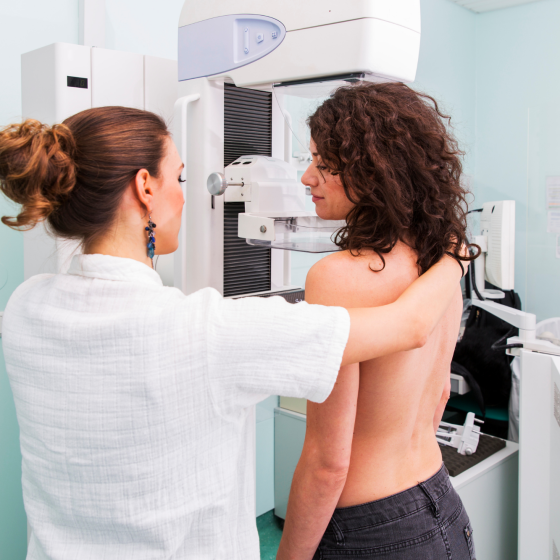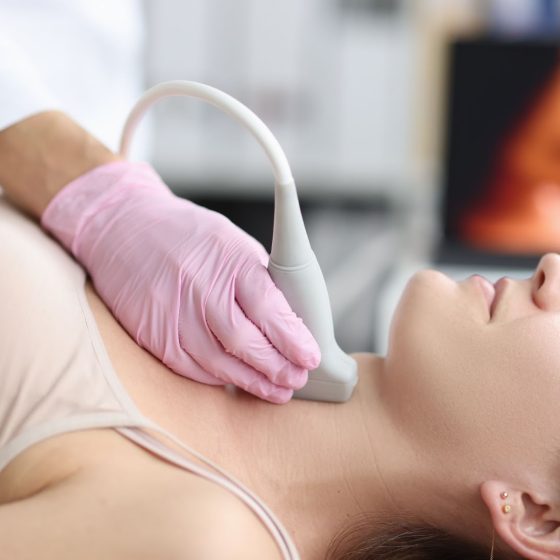Manage your health in your 40s
What health screening tests should I have? Once you reach your 40s you should know about some conditions that start to become more common after this age. Talk to your doctor about what tests you need based on your health and family history. You may be eligible for the one-off health assessment for people aged 45 to 49 years who are at risk of developing chronic disease. Most healthy people in their 40s should have these screening tests: Every year have a dental check-up Every 2 years have a heart disease risk assessment have a blood pressure check Every 3 years have a diabetes







